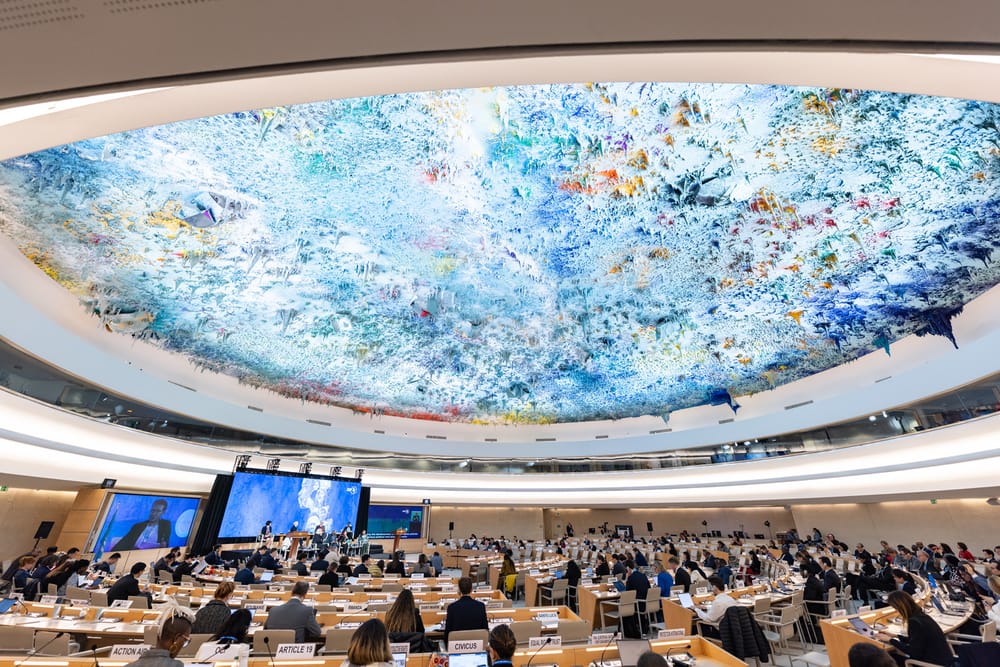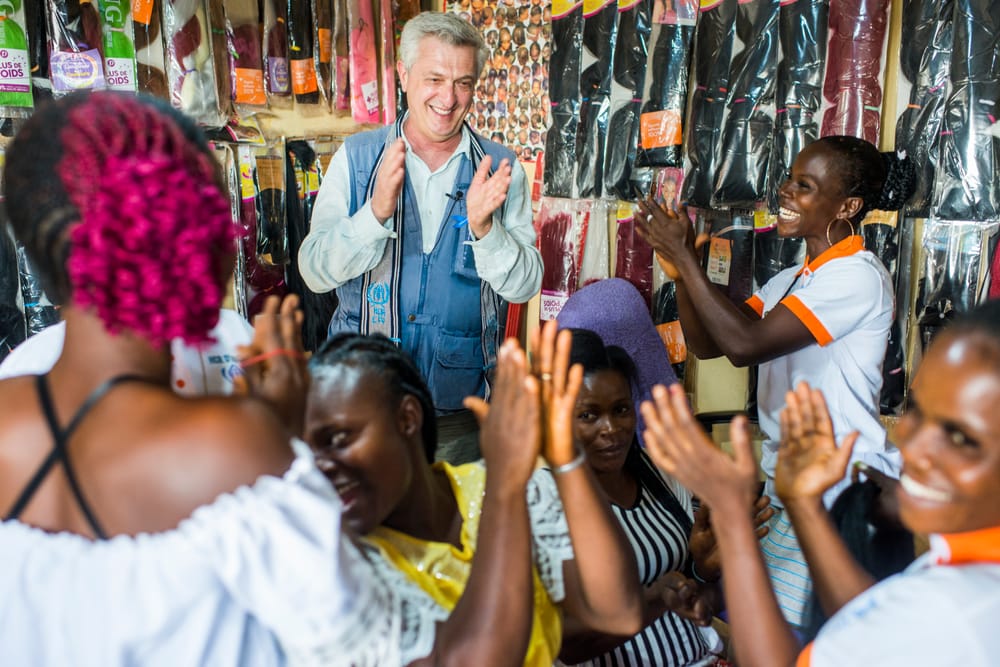By Suerie Moon
It will be an uphill slog to meet the self-imposed May 2024 deadline for diplomatic negotiators to agree on international pandemic rules to protect the world from another catastrophe like Covid-19. With the Russia-Ukraine and Israel-Hamas wars demanding political attention, and US presidential elections expected to dominate the second half of the year, some negotiators see the May deadline as a must while others argue it is not realistic and would exacerbate power disparities. The stakes are high. These rules will form the normative foundation for how countries and global actors address the threat of disease outbreaks for decades to come. However, at least three big obstacles stand in the way of crossing the finish line on time: 1) Major divides on substance, 2) Disagreement on the form any rules should take, and 3) Lack of clarity on the process by which 194 governments can find common ground.
Countries remain divided on a wide range of issues that cut to the core of pandemic preparedness and response.
First, on substance: with only a few months to go, countries remain divided on a wide range of issues that cut to the core of pandemic preparedness and response. For example, how much priority should countries give to surveillance versus day-to-day health service delivery? Can investments to better prepare national health systems for potential future emergencies also deliver tangible benefits for health today? What are reasonable expectations to change livestock rearing, wildlife trade and land use policies to reduce the risk of pathogens jumping from animals to humans (referred to as One Health)? Also, any issue relating to vaccines, drugs and other health technologies is highly contentious: this includes how deeply countries are willing to cooperate on research & development, the extent to which they will push and pull private companies to transfer potentially valuable technology, how much flexibility they are willing to exhibit on intellectual property protection, and what roles they wish to delegate to WHO and other international actors. Relatedly, should countries be obligated to rapidly share pathogen samples and data internationally, and what kind of benefits should they receive if they commit to doing so? Cutting across most of these issues is the always thorny question of financing: who pays how much for what, who decides and how? The last round of negotiations that ended in December 2023 suggests that major divisions remain on every one of these issues.
A second obstacle is achieving alignment on what form international pandemic rules should take. The options currently on the table appear to be: both a treaty and a regulation, just a treaty or just a regulation, or two regulations. While negotiations towards a Pandemic Accord (often referred to as the Pandemic Treaty) have taken most of the limelight, negotiators have simultaneously been negotiating amendments to the 2005 International Health Regulations (IHR), the pre-Covid rules governing cross-border disease outbreaks and other potential health emergencies. As discussed elsewhere, the bizarre spectacle of the same countries, often represented by the same diplomats, simultaneously negotiating two different sets of international rules to address the same problem is the outcome of a political compromise struck in 2021: between those who favoured a treaty, including the EU, and those preferring to amend the International Health regulations (IHR), including the US.
Both a regulation and a treaty have their pros and cons. With the IHR already legally binding on all 194 WHO Member States (unless they opt out, which none have done) as well as two non-Member States, any obligations included in an amended IHR would enjoy the benefit of universal applicability. But they are relatively narrow in scope, excluding issues such as health technologies or One Health that are politically important to many countries. A treaty is seen to have greater normative force and political weight (in at least some countries), helping to mobilise the high-level political attention and financing that wanes after every crisis, but which is required to meaningfully reduce the risk of and better deal with the next one. The scope of issues currently included in the Pandemic Accord is indeed much broader, reflecting the political priorities of a wide range of countries and a 21st-century understanding of how to combat pandemics.
Adding further complexity, there is no clear line dividing which issues should be governed by the IHR or the Pandemic Accord. Countries have a strong incentive to get their priority issues included in both instruments, or at least to get them into the instrument more likely to get adopted and that promises a higher degree of effectiveness. Even so, which one would that be? One of the few principles everyone seems to agree on is that ‘nothing is agreed until everything is agreed.’ In other words, these two processes form a single political package deal. This means that if, for example, a country cares deeply about vaccine equity or surveillance, it would hedge its bets by pushing for the most favourable language in both instruments. Such political strategies are entirely rational, but they also stymie efforts to agree on two clearly-demarcated sets of rules. It is for this reason that some are pushing for a Pandemic Accord, others for an amended IHR, and some floating the idea of two regulations – rather than the current impetus towards a treaty and regulation. There is little agreement on the form a final instrument(s) should take, or on how to construct a coherent, workable set of international rules from this spaghetti bowl.
Finally, it is unclear what process can address these divisions on substance and form. So far, Pandemic Accord negotiations have zig-zagged between a centralised effort to produce a single coherent negotiating text, with the six-country Bureau and WHO Secretariat holding the pen, and the frustrations many countries have expressed that such texts do not adequately reflect their priorities. As of the last negotiating round, countries picked up their pens to turn the 30-page text into an 80-plus page set of proposals that reflect continuing deep disagreement. This has raised the question of how to find common ground on so many substantive issues (let alone questions on form) in such little time. While informal smaller groups have been meeting to try and forge a compromise on specific issues, this stretches smaller delegations very thin and also fragments a process where cross-issue compromise must ultimately be struck.
The complexity of substantive issues to be addressed also means that engagement in the negotiations has largely remained at a relatively technical working level. A core process question is when higher-level political engagement may be needed to break deadlocks and reach an agreement.
Finding common ground on a wide range of substantive issues, agreeing on the form international rules should take, and adapting the process to get there are all critical.
In summary, the world urgently needs better rules to govern pandemics, but the road to get there is rockier than ever. Finding common ground on a wide range of substantive issues, agreeing on the form international rules should take, and adapting the process to get there are all critical if we are to cross the finish line this year – or any year.
About the author
Suerie Moon is Director of the Global Health Centre and Professor of Practice in International Relations & Political Science at the Geneva Graduate Institute.
The opinions expressed in this publication are those of the authors. They do not purport to reflect the opinions or views of the Geneva Policy Outlook or its partner organisations.





